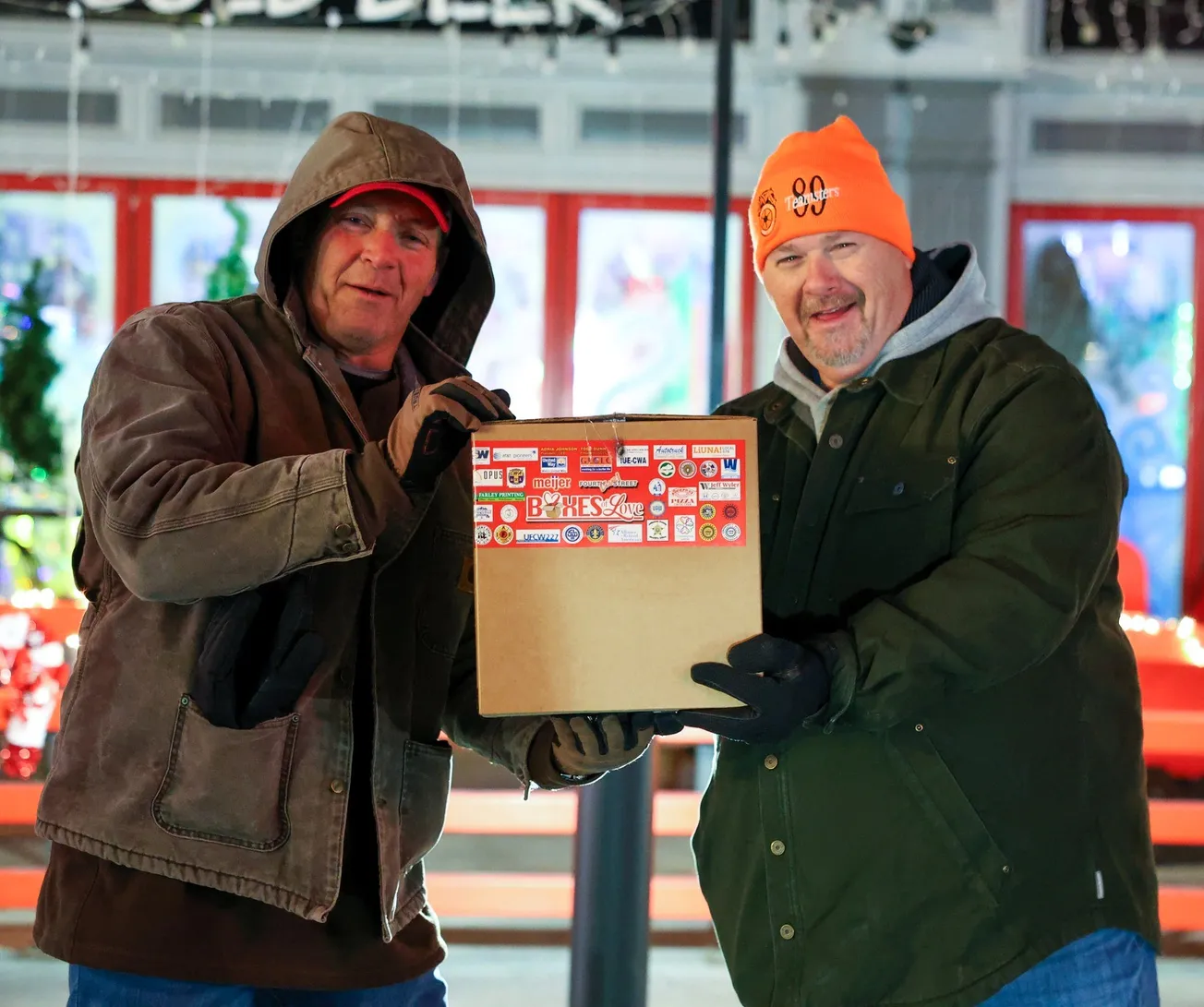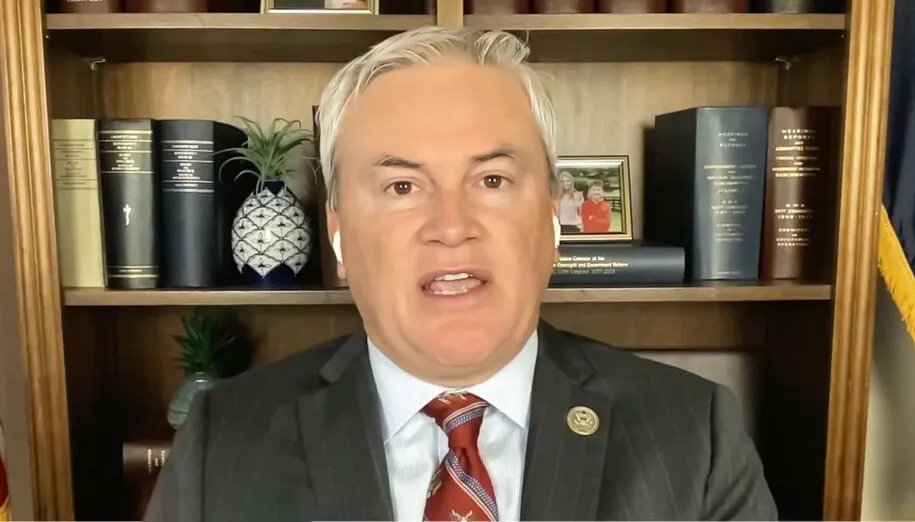An elegy is a poem, typically written for the dead as a dedication. How could someone write an elegy for something that is very much alive? It would seem counterintuitive, yet that is exactly what JD Vance has done in his now-famous — and controversial — 2016 memoir Hillbilly Elegy, now an upcoming Netflix original film. He delivered a diagnosis and prognosis that nobody asked for: Appalachia is a “Culture in Crisis,” and the crisis is of their own making.
 Through this all-too-common perversion of the Protestant Work Ethic, Vance has written off the people of Appalachia — all but a few of whom he doesn’t really know — and he has spoken for all of us here without our permission. If Appalachia is in crisis, it has been so for all of recent memory, and not by happenstance or because it is populated by people of lesser substance.
Through this all-too-common perversion of the Protestant Work Ethic, Vance has written off the people of Appalachia — all but a few of whom he doesn’t really know — and he has spoken for all of us here without our permission. If Appalachia is in crisis, it has been so for all of recent memory, and not by happenstance or because it is populated by people of lesser substance.
Hillbilly Elegy was taken upon its publication to be some kind of unique window into the minds of working-class white voters in the lead-up to and aftermath of the 2016 election. Immediately Vance was lauded as some form of Trump voter-whisperer by major city press. Only later, when the voices of actual Appalachians began to bubble toward the coasts, did the nuance of the reaction to the piece arrive.
Enough ink has been spilled, and more personally and eloquently than we can do here, about why the experiences of a native of suburban Cincinnati spending two summers with his Appalachian relatives may not be the representative cross-section of an entire region’s culture that credulous editorials initially took it to be. The subheading is A Memoir of a Family and Culture in Crisis. We have no reason to dispute that his family was in crisis – that’s Vance’s story to tell. The culture, less so. How could two summers capture what it means to be Appalachian? After all, Vance doesn’t even pronounce “Appalachia” correctly (it’s App-uh-latch-uh, but Appalachians have the distinction of being the only people who it’s considered acceptable to “correct” on the pronunciation of their home). The real story is best told by those who have really lived it.
Begin by looking at the real Appalachia
Start in Charleston, West Virginia, and drive east on U.S. Route 60, and the streets and towns tell the beginnings of that story. Union Carbide Drive. Coal Fork. DuPont City. Alloy. A Google Earth view of that route, pulled out to where the street view switches back to a flat map, tells a story of humble-but-steady living – a Norman Rockwell-shaded vision of salt-of-the-earth men, fresh out of their hard hats, sharing tall pitchers of beer in a modest-but-long-established pub at the end of the day, before heading back to their small-but-sturdy houses to give their kids a stern-but-caring talking-to about their grades. And perhaps once upon a time — when booming industry brought settlers into these little towns tucked in the mountains and gave them their lingering namesakes — that’s what you would’ve seen up close.
But today, a driver avoiding the West Virginia Turnpike in favor of the more scenic drive along the Kanawha River would be hard-pressed to see that modest prosperity. Sure, there are lingering vestigial remains of the old Chemical Valley – the Dow plant in South Charleston, the DuPont plant in Belle, the lumber yard in Alloy. But, as expressed by the Appalachian poet Crystal Good in Valley Girl — “Coal miner’s daughter is now a chemical-plant step kid and Dear Mamma’s getting divorced, again” — it’s simply no longer enough to anchor a regional economy.
The mountains of Appalachia are peppered with these almost ghostly monuments to what was. Richwood High School’s Lumberjack mascot now seems to be either mourning the loss or pleading the return of its former booming lumber and wood products industry, featuring the former largest clothespin factory in the world. Bunker Hill’s Musselman High School Applemen allude to hundreds of acres of orchards and an applesauce factory that few alive ever saw in person.
Of course regional legacies live on after their deaths in every corner of America – you could waste a lifetime looking for a meat-packing plant in New York City’s “meat-packing district.” And of the thousands of boats circling Nantucket, none are fresh from a whale hunt. But where other places saw change and progress – the replacement of 19th century industries with those of the 20th and the 21st – Appalachia saw exploitation followed by abandonment.
Exploitation followed by abandonment
Once upon a time, Pikeville, Kentucky was “America’s Energy Capital,” boasting the highest concentration of millionaires in the United States per capita. Where did all that money go? It certainly did not stay in Eastern Kentucky. Now in a stark contrast to the past, Pike County is learning to live in the absence of the late 20th century coal boom, and has become the epicenter for the fight for legislation to address the concerning rising cases of black lung (a disease resulting from the inhalation of coal dust) in Eastern Kentucky amongst a population that have experienced the highest level of healthcare affordability burdens in the state. Vance’s story of Appalachia erases over a century of struggle and the constant battle for fair labor laws, clean water, fair wages, healthcare, and other basic necessities that the rest of America take for granted.
It was in this recent second wave of “backlash” discussion that the term “victim blaming” entered the lexicon surrounding Vance’s work. But the obvious and necessary next step in the discourse has apparently yet to be taken: blaming the victims of whom, and what wrongdoing is he excusing by doing so?
The generational cycles of poverty in which Hillbilly Elegy provides an anecdote is no accident. Vance offers no solution (aside from implicitly praising his own moral fiber for “escaping” and not ending up like the rest of us), he offers no aid or answer to the bigger questions that his memoir poses, and that is part of the issue. His only answer is finger pointing and a U-Haul truck out of town – and his finger is pointed squarely at the victims. While Hillbilly Elegy touches on an issue that some call “The War on Poverty,” Vance is not fighting on the side of the Appalachian people. If anything, he argues that we are not worth helping because the problem is our own character.
On the contrary, while the War on Poverty may have been insufficient, it was not misdirected. John F. Kennedy visited Appalachia in his primary campaign tour in 1963 to see for himself how the region could be effectively aided in order for it to grow and prosper. Later, when Congress passed the Appalachian Regional Development Act in 1965, the act declared:
Congress finds and declares that the Appalachian region of the United States, while abundant in natural resources and rich in potential, lags behind the rest of the Nation in its economic growth, and that its people have not shared properly in the Nation’s prosperity.
That the people of Appalachia have not “shared in the Nation’s prosperity” comes close to, but still misses the point: the Appalachian people, due much to the rich natural resources referenced in the ARDA, have helped create the Nation’s prosperity, while keeping little of it for themselves.
And this story isn’t new
Ever since the 1800’s, when speculators and company representatives from New York and other metropolises began to show up in the hills and hollers, buying severed mineral rights at basement prices from credulous landowners who didn’t know the value of what they were sitting on, wealth has flowed out of Appalachia like oil through one of the pipelines dotting the landscape.
Arch Coal of St. Louis. Consol Energy and U.S. Steel of Pittsburgh. Peabody Coal of Chicago. Standard Oil, first of Cleveland and then of New York City. These behemoths of industry drilled, dug, and forged their crushing financial might in the Appalachian hills, though few maintained any lasting investment in the region. Their leadership didn’t live here, their children weren’t educated here. They had no stake in the region, so why should they feel responsible for its prosperity after they left?
One rare exception was the C&O Railroad, which made its fortunes largely carting coal from southern West Virginia’s mines to the port of Hampton Roads, Virginia. It maintained much of its administrative presence in the Coal Exchange Bank Building, in Huntington, West Virginia – a city named for the C&O’s industrialist leader, Collis P. Huntington. But when C&O merged into the modern railroad giant CSX, it wasn’t long before those jobs fled to the sunnier (and less labor-protective) climes of Jacksonville, Florida. Today, only a skeleton crew of CSX employees are still based in Huntington.
Appalachia’s economy went elsewhere
Which brings us to what differentiates Appalachia from other regions which have seen a transition between dominant industries: Michigan no longer has an ice-cutting industry because there is no ice-cutting industry. Refrigeration has made ice-cutting obsolete. Massachusetts is bereft of whalers because petroleum has entirely replaced whale oil, and in any case whaling is now illegal. But coal, gas, timber, steel, chemical manufacturing, and railroading are still around.
Steel and industrial chemicals, both widely still in use, are made more cheaply overseas. Coal-fired power plants are shoveling in the cheaper, dirtier coal of Southern Illinois and Wyoming’s Powder River Basin, where more forgiving terrain allows for greater automation.
Appalachia’s economy has not been rendered obsolete – it’s been taken elsewhere. Appalachians had outlived their usefulness to big industry in an increasingly globalized resource and manufacturing economy. With the white-collar aspects of those industries already located in major cities far away, and with the difficulty of attracting new industries due to Appalachia’s isolation from major population centers and lack of flat land, the result has been a steady decline in opportunity.
The Appalachian region struggling to overcome the challenge of geographic isolation is nothing new. This is one of the first challenges undertaken by the Appalachian Regional Commission, established after Kennedy’s visit to Eastern Kentucky’s coal country and to West Virginia, among other places in the region. The establishment of the Appalachian Development Highway System (ADHS) was one of the first undertakings of the newly minted commission, though this project has succeeded mostly in connecting economic bases on opposite sides of Appalachia, rather than encouraging any appreciable development in the region itself.
“Don’t make us your excuse, J.D.”
Which brings us back to Vance. As has been discussed at length, Vance’s work employs imagery of cyclical poverty and addiction to cast the story of Appalachia as one of collective personal failure. By Vance’s telling, Appalachia is a place to escape before you become part of its morass of self-determined poverty. Best embodied by the line in the trailer for the Netflix adaptation, “Don’t make us your excuse, J.D.,” delivered by a character who appears to be a store clerk, being born here (even though he wasn’t) is an unfortunate circumstance to be overcome with a healthy dose of bootstrap-pulling. It would have you believe that the people who have chosen to make the modern, post-industrial Appalachia their home are the pitiable left-behinds after the virtuous and industrious wealthy have fled to Galt’s Gulch to escape their lessers’ nagging demands for justice. And in doing so, in placing the blame for rates of poverty and addiction in a region beset by colonization and exploitation by major city corporations for the entirety of its modern existence, he implicitly excuses those perpetrators.
Appalachians did not draw hundreds of thousands of settlers — from immigrants, to freed slaves, to the downtrodden and poor of major cities and the rural south — to make these hills their home with the promise of humble-but-steady employment. Appalachians did not dupe poorly-educated landowners to sell their minerals by exploitative broad-form deeds for a fraction of their worth. Appalachians did not bust the unions, or ship those very jobs that drew our ancestors here in the first instance to plants overseas. Appalachians did not flood a workforce defined by back-breaking labor with opioid pain medications in a cynical profiteering campaign. But by chalking up the results of those affronts to human dignity to the alleged character failings of the victims, Vance erases the role of those who did.
Vance’s cultural exploitation follows a long history of extractive industries that keep the people of Appalachia poor and the butt of many a joke at our own expense. It is a pattern that harkens back to when the first coal companies rolled in from outside and set up shop. He is telling the story for us, so that nobody will listen to us … and frankly, he doesn’t know what he’s talking about.
His explanation oversimplifies a long history of struggle, labor exploitation, and environmental destruction into a one-size-fits all diagnosis of Appalachian culture as “less than.” And there’s the rub: it is within this culture-of-poverty model that nothing can be accomplished.
Any discussion that will lead to a productive plan to elevate Appalachia must acknowledge what has been done, and by whom. We cannot treat the patient if the disease has been misdiagnosed. Remove the role of big industry from the discussion, and we get a Vance-ian prescription of “needs more bootstraps,” or “if you’re virtuous and industrious, you’ll leave, those that don’t be damned.”
Cast aside Vance’s apologia on behalf of big industry, and the real work can begin.
–30–
Co-authored by Ariana Velasquez and Adam Strider.
- Ariana Velasquez is an Appalachian activist, writer, and musician originally from Pikeville, Kentucky. She is currently a senior Political Science student at The University of Louisville.
- Adam Strider is an attorney and South Charleston, West Virginia City Councilman, and serves as General Counsel of the Young Democrats of America. He is a graduate of Marshall University, and the West Virginia University College of Law.
Quotes to tweet
Vance’s story of Appalachia erases over a century of struggle and the constant battle for fair labor laws, clean water, fair wages, healthcare, and other basic necessities that the rest of America take for granted.Click To Tweet The Appalachian people, due much to the rich natural resources referenced in the act passed by Congress, have helped create the Nation’s prosperity, while keeping little of it for themselves.Click To Tweet Any discussion that will lead to a productive plan to elevate Appalachia must acknowledge what has been done, and by whom. Cast aside Vance’s 'Hillbilly Elegy' apologia on behalf of big industry, and the real work can begin.Click To Tweet
Comments







